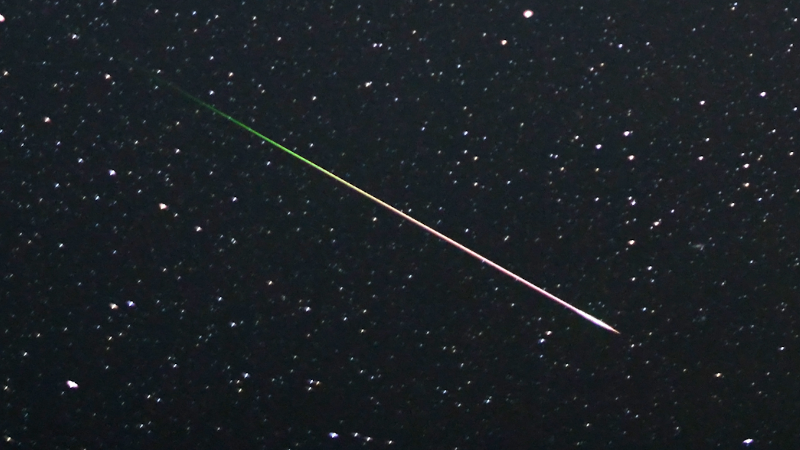
The Lyrid meteor shower peaks during the night of the Earth day
If you're looking for a way to celebrate Earth Day, how about spending a night under the stars to watch the Lyrid meteor shower?
Space fans, get ready for another show in the sky. This time it will be a shooting star show.
The Lyrid meteor shower will peak in 2024 It starts on the night of Sunday, April 21 and lasts until the early hours of Monday, April 22.
Lyrids, One of the oldest Metroid showersThe weekend will be the best time to catch a glimpse of the show, which NASA said will start April 15 and run through April 29 but will be available to people around the world.
The first recorded sighting of the Lyrid meteor event, 687 BC by the ChineseAstronomers say.
Here's everything you need to know about the event, including what time to watch it and the best place to watch it.
Lyrid Meteor Shower 2024: A visual guide to the celestial show
What are meteorites? What are meteorites? What is a meteorite?
Meteorites Small rocks still in space. As they enter Earth's atmosphere, they burn up and decay before hitting the ground, creating a tail of debris. At that time, they are called meteorites.
Those that travel through the atmosphere and survive hitting the Earth's ground are called meteorites. Some small pieces of an asteroid have been found close enough to hear the Moon and Mars.
According to NASA, the Lyrids are known for their fast meteors and can produce an occasional bright flash called a flare.
Where is the best place to see the Lyrid meteor shower?
According to NASA, the Northern Hemisphere will experience rain after moonset and at dawn.
Here are tips from the space agency:
- Choose an area from City Lights or Street Lights.
- Bring a sleeping bag, blanket or lawn chair.
- Lie on your back and look up with your feet facing east.
- Be patient. After about 30 minutes in the dark your eyes should adjust and you should start seeing meteors.
Watch the video: Meteor, fireball lights up skies in New Jersey, other East Coast states
How many lyrids will we see per hour?
Meteors are commonly named after constellations, stars, and asteroids.
If the skies are dark and moonless during this year's show, experts say peak viewers could see 10 to 15 lyrids every hour.
Natalie Neysa Alund is a senior reporter for USA TODAY. Reach her at [email protected] and follow her at X @nataliealund.